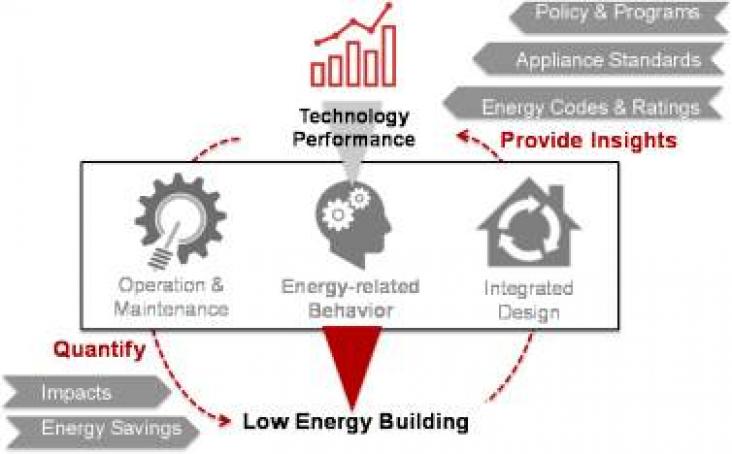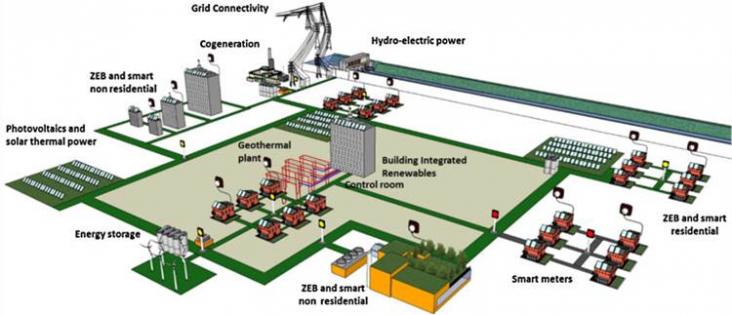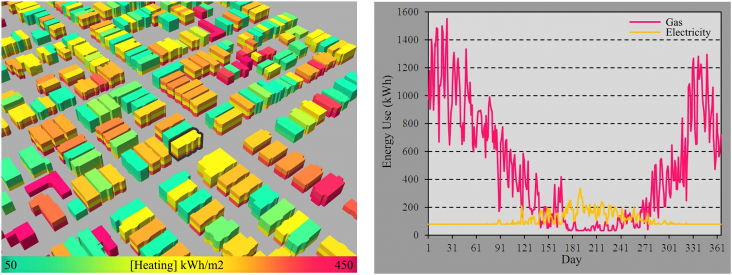Achieving SDG 11 will require new technologies and innovations to be deployed in the real-estate sector. Already blockchain and artificial intelligence form the foundations of smart buildings, using data on residents' personal preferences to be able to improve efficiency and comfort. This article explores the different technologies and innovations that provide significant untapped potential in the real estate sector.
This paper investigates how the notion of 'sustainability' is strategically framed in the context of Dutch infrastructure governance in the Netherlands.

Occupant behavior is one of the major factors influencing building energy consumption and contributing to uncertainty in building energy use prediction and simulation.

The smart grids are modern electric power grid infrastructure for enhanced efficiency and reliability through automated control, high-power converters, modern communications infrastructure, sensing

Over the past decades, detailed individual building energy models (BEM) on the one side and regional and country-level building stock models on the other side have become established modes of analysis
Multidisciplinary, innovative and high values development of high performance, cost-effective and environmentally acceptable separation systems is highly desired to tackle the sustainability challenge
Membrane (bio)fouling is a major obstacle to many separation and purification processes.
Recent research on CO2 capture is focusing on the optimization of CO2 absorption using amines (mainly monoethanolamine-MEA) in order to minimize the energy consumption of this very energy-intensive pr
This chapter advances both goals 7 (affordable and clean energy) and 9 (industry, innovation and infrastructure) through its discussion of incentives and tariffs that encourage sustainable infrastructure, including renewable energy.
This report examines the real estate sector’s impact in relation to the UN Global Compact’s four focus areas of human rights, labour standards, the environment and anti-corruption, relating to Goal 9 and Goal 17.
